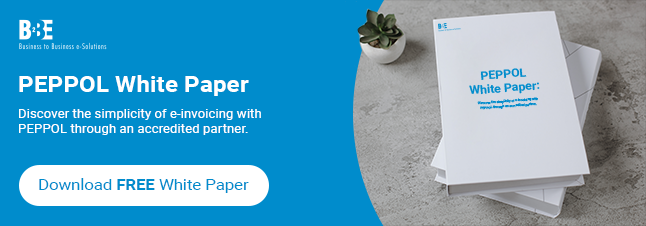Invoicing software automates the process of creating, sending, and managing invoices, transforming what was once a tedious task into a streamlined, efficient workflow. For businesses dealing with supplier e-invoicing and data entry, understanding how invoicing software works is crucial for optimising financial operations. Here’s a look at how invoicing software functions.
How Invoicing Software Works
Automated Data Input and Integration
Invoicing software starts by integrating with your existing systems, such as your ERP (Enterprise Resource Planning), CRM (Customer Relationship Management), and accounting software. This integration ensures that all necessary data, like customer details, purchase orders, and sales records, are readily available.
- Data Collection: The invoicing software collects relevant data automatically from your integrated systems.
- Centralised Database: This data is then stored in a centralised database, ensuring consistency and accuracy across all financial documents.
Visionnez notre vidéo ci-dessous :
Invoice Creation
Using the collected data, the software generates invoices automatically based on predefined templates. These templates are customisable to match your business’ branding and specific needs.
- Template Customisation: You can tailor invoice templates to include your company logo, payment terms, and other relevant information.
- Automatic Calculations: The software performs all necessary calculations, such as taxes and discounts, ensuring accurate totals.
Sending Invoices
Once created, invoices are sent to customers or suppliers electronically. The invoicing software offers various delivery methods, including email, EDI (Electronic Data Interchange), or through a customer portal.
- Email Delivery: The recipient receives the invoice directly via email.
- EDI: For businesses that use EDI, invoices can be transmitted electronically in a standardised format.
- Portail clients: Customers can access their invoices through a secure online portal.
Tracking and Management
Invoicing software tracks the status of each invoice throughout the process. This real-time tracking is essential for maintaining an organised and efficient invoicing process.
- Status Updates: The software updates the status of each invoice (e.g., sent, viewed, paid).
- Automated Reminders: If an invoice is overdue, the software automatically sends reminders to the customer, helping to ensure timely payments.
Rapports et analyses
Finally, the software provides detailed reports and analytics on your invoicing activities. These insights help in monitoring performance, identifying trends, and making data-driven decisions.
- Performance Reports: Detailed reports on sent, paid, and overdue invoices.
- Analytique: Insights into payment patterns and customer behaviour.
From integrating with existing systems to automatically generating and sending invoices, it transforms a traditionally cumbersome task into a seamless workflow. Investing in invoicing software is a strategic move that can lead to significant improvements in financial operations and overall business performance.
Learn more about our Facturation électronique des fournisseurs et Facturation électronique des clients solutions.
À propos de B2BE
B2BE fournit des solutions électroniques pour la chaîne d'approvisionnement à l'échelle mondiale, aidant les organisations à mieux gérer leurs processus de chaîne d'approvisionnement, en fournissant des niveaux plus élevés de visibilité, d'auditabilité et de contrôle. Nous sommes animés par une passion pour ce que nous faisons, inspirés par l'innovation et soutenus par une richesse de connaissances. Avec plus de 20 ans d'expérience, les équipes de B2BE opèrent dans le monde entier.
Pour plus d'informations, visitez le site www.b2be.com.

